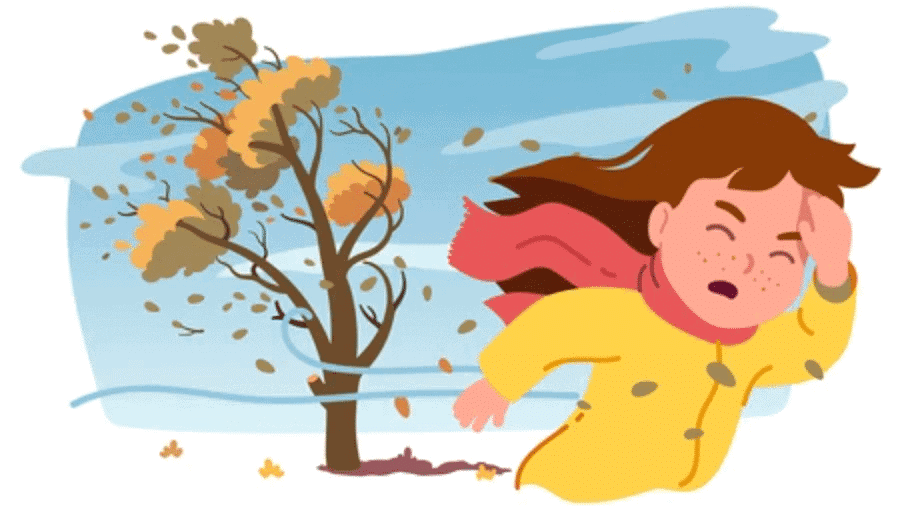Short Answer Questions: Our necessities - Air, Water & Food | EVS for Class 2 PDF Download
Q1. What is air?
Ans: Air is invisible and made up of tiny particles called molecules. We breathe in air to get oxygen, which helps us live and play.

Q2. What is wind?
Ans: Wind is moving air. It can be soft and gentle like a whisper or strong like a lion’s roar that moves trees and leaves.
Q3. How does air support everyday life?
Ans: Air helps kites fly high, carries birds’ songs, and pushes balloons up into the sky.
Q4. Why do we need to care for the air?
Ans: Some things like smoke from cars and factories make air dirty. We need to keep air clean by planting trees and keeping the environment green.

Q5. Does air have weight?
Ans: Yes, air has weight and presses down on everything, even though we cannot see it.
Q6. How does air create beautiful skies?
Ans: Air paints the sky with bright colors during sunsets and sunrises, making the clouds look like colorful paintings.
Q7. What happens when you blow air into a soap bubble wand?
Ans: When you blow air into a soap bubble wand, it makes bubbles that float and shine in the sunlight.

Q8. Why should we avoid polluting the air?
Ans: Polluting air makes it unsafe to breathe. Keeping the air clean helps us stay healthy and enjoy life.
Q9. Can you feel the air even if you cannot see it?
Ans: Yes, you can feel the air when it moves as wind, even though you cannot see it.
Q10. What are some ways we can help keep the air clean?
Ans: We can plant trees, avoid burning trash, use less smoke-producing vehicles, and keep our surroundings clean.
Q11. What is water?
Ans: Water is a clear, colorless liquid that we drink and use every day for washing, cooking, and watering plants.

Q12. Where do we find water?
Ans: We find water in rivers, lakes, ponds, oceans, and even in the rain.
Q13. Why is water important for us?
Ans: Water helps keep our bodies healthy, helps plants grow, and is needed by animals to live.
Q14. How should we use water?
Ans: We should use water carefully and not waste it because it is precious and needed by everyone.
Q15. What happens if we don’t have clean water?
Ans: If water is dirty, it can make us sick. That’s why it’s important to drink clean water and keep water sources clean.
|
30 videos|243 docs|48 tests
|
FAQs on Short Answer Questions: Our necessities - Air, Water & Food - EVS for Class 2
| 1. Why is air essential for life? |  |
| 2. How does water contribute to human health? |  |
| 3. What are the consequences of food scarcity? |  |
| 4. How can we ensure access to clean water? |  |
| 5. What are sustainable practices for food production? |  |
















